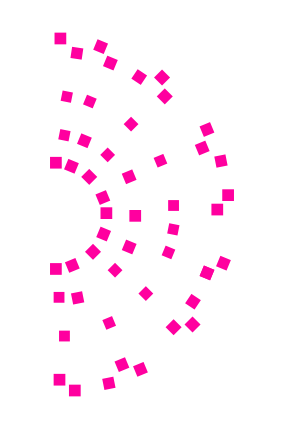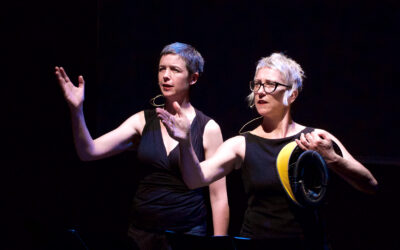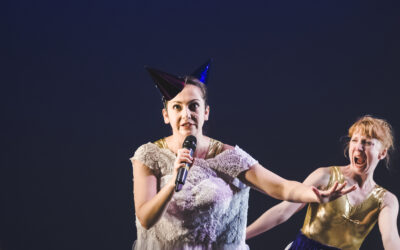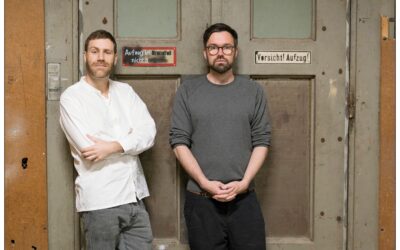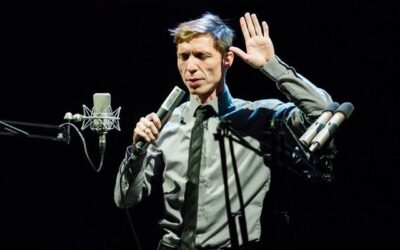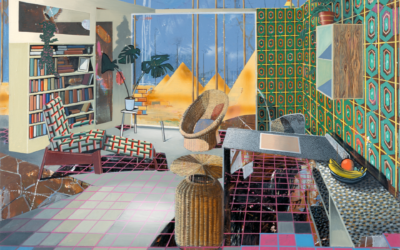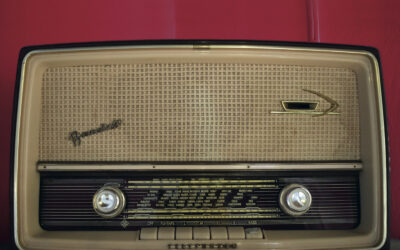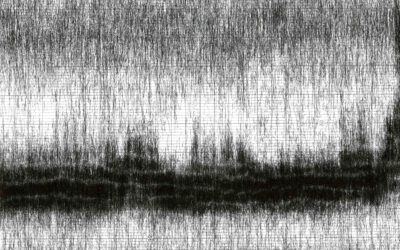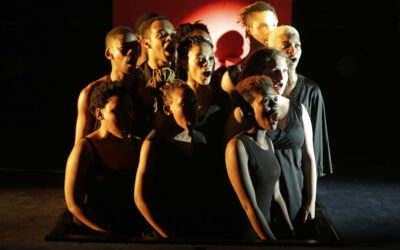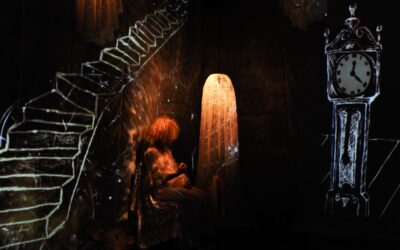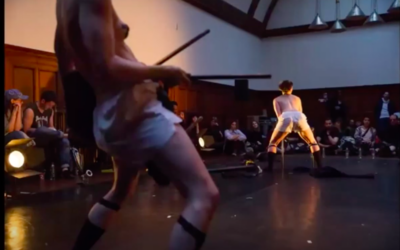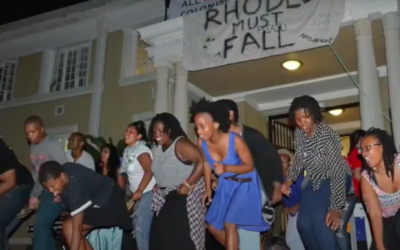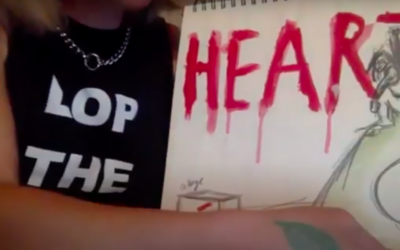#2 Post-Verbatim
The Aural/Oral Dramaturgies project proposes the term ‘post-verbatim’ – not as a new label for theatre work, but as a more precise designation for the kind of work that has gradually emerged in the aftermath of the documentary theatre trends of the mid-1900s in Germany and early 2000s in the US and UK which privileged verbatim testimonies and tribunal documents as source material. Verbatim theatre as a phrase gained currency in this most recent wave as it also travelled to other theatre-making cultures, often thanks to the UK’s Royal Court Theatre international department. Whereas these forms of documentary theatre still functioned within a more realist paradigm of representation – see for example Carol Martin’s notion of ‘dramaturgy of the real’ (2010) – various postdramatic methodological approaches to working with documentary material and modes of representation have proliferated since then.
Lend Me Your Ears #2 brings together a selection of illustrative examples of works and ways of thinking that, when using factual events or testimonies dramaturgically, begin to depart from the British brand of verbatim theatre into other conceptual and performance-making territories. Some of these departures are aided by placing an emphasis on personal experience rather than the words themselves (The Fall Collective, Emma Frankland, Konstantinos Thomaidis), an interest in the aesthetic affordances of the form of theatre and live performance (Dhaenens, Green), on understanding the act of storytelling as a means of survival (Arias), on the Lacanian notion of the Real (Dead Centre), on a playful use of technology (Hunter) or on a combination of the above (Gracefool Collective). Many of the artists report an interest in working with ‘collage’ as a methodology, an idea which Konstantinos Thomaidis in his Salon conversation with Brandon LaBelle expands into a more 3D notion of a ‘vocal assemblage’ by reference to the relational ontology (Cavarero 2005) of voice and sound. Additional useful perspectives provide cultural inflections of the roles music and sound can play in storytelling (Fleishman and Muyunga) or the ways theatre scholars can benefit from anthropological training and experience in order to understand theatre-making as an inherently oral practice (McAuley, Dwyer, Ginters). These considerations are further augmented by three distinctive theoretical/methodological approaches to sound and embodiment featured in LMYE Library #2.
The cumulative effect of placing these perspectives in a relationship to each other is a suggestion of a gradual evolution of form aided by both epistemological and technological developments.
Works Cited
Cavarero, Adriana (2005) For More than One Voice: Toward a Philosophy of Vocal Expression, Stanford: Stanford University Press.
Martin, Carol, ed. (2010) Dramaturgy of the Real on the World Stage, Basingstoke and New York: Palgrave Macmillan.
The Gallery
The microphone seems to be the object that best represents Gallery #2, which features artists who adopt and give voice, relay, amplify and embody the voices of others, reassemble discourses and stories across time and across the world. The internationally renowned director Lola Arias discusses with us the aesthetic and political responsibilities of documentary theatre, offering a deep insight into her process, especially with regards to her recent pieces made in collaboration with migrants and with veterans from the Malvinas/Falklands war. For Kate Hunter and Valentijn Dhaenens the amplified voice is a playable instrument, which stores voices from archives to experiences of eavesdropping and returns them to the audience to be heard otherwise, in an ever-evolving feedback loop. Our artists in residence Gracefool Collective talk us through their process of giving voice back to the language of dance, and the award-winning Dublin-based company Dead Centre explain how they re-read, re-write and re-voice the canon through radical dramaturgical and technological choices.
This Language That is Our Lives: An Interview with Kate Hunter
Storytelling as Survival: An Interview with Lola Arias
Finding the Dancer’s Voice: An Interview with Gracefool Collective
Poets of the Digital Age: An Interview with Dead Centre
Changing the World by Opening Your Mouth: An Interview with Valentijn Dhaenens
The Library
Leading us resolutely away from logocentrism, Library #2 narrows in on notions of sonic spatiality and embodiment. Ben Spatz takes us into the space of laboratorial research in a conversation about Making a Laboratory, their volume that looks at how embodied epistemologies in the rehearsal room function and how these can be represented and reconfigured through video. From video and embodiment we move to audio embodiments with Farokh Soltani, who proposes a new model for thinking about radio as a dramaturgical medium and as a listening practice in his book Radio/Body. Finally, we leave the building with Ella Finer, whose Acoustic Commons and the Wild Life of Sound investigates sound’s capacity to escape physical spaces and evade institutional, disciplinary and anthropic categorisations, configuring new and wild sonic and dialectical relationships.
The Salon
In Salon #2 we host three cross-global encounters. London-based Gay McAuley reconnects with her former colleagues at the University of Sydney Theatre and Performance Studies department Laura Ginters and Paul Dwyer to reflect on the ways in which ‘rehearsal ethnography’, the research methodology she had initiated before her retirement, continues to inspire and support Sydney’s students, academics and artists. Elsewhere in the southern hemisphere, director and academic Mark Fleishman discusses with his long-term collaborator Neo Muyunga strategies the two of them developed over the years in using music as part of theatre-making in South Africa. Meanwhile in a Zoom cyberspace between Thessaloniki and Berlin, Konstantinos Thomaidis and Brandon LaBelle discuss sound, dramaturgy and movement in the broadest sense, traversing within their conversation considerable geographical, temporal and conceptual distances.
The Laboratory
Laboratory #2 examines three works rooted in factual experience. The Fall Collective from Cape Town reconstruct their process of making The Fall (2016), an internationally acclaimed piece of music theatre about student activist movements of 2015 and 2016 in South Africa, based on personal experiences and documentary material, which subsequently ushered in a global movement for decolonisation. Similarly, British artist Emma Frankland revisits the making of Hearty (2018/2020) a piece about the personal experience of gender transition, inspired, complemented and provoked by snippets of quotes, conversations and words spoken by others including Germaine Greer, a roller skater from Brighton, Selina Thompson as well as members of multiple transgender communities Frankland visited in Brazil, Canada and Indonesia. Finally, Scotland-based Nic Green meticulously dissects the process of making Cock and Bull (2015), a dance treatise on fragile masculinity, class privilege and empty rhetoric of party politicians, inspired by the Tory Party Conference 2013.
